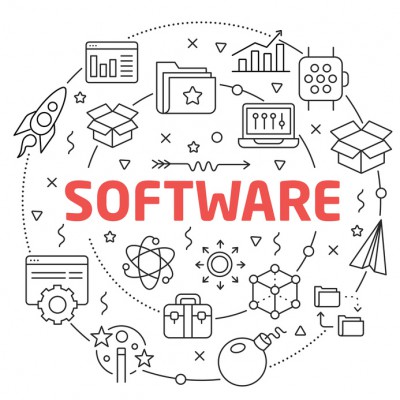Think about the software your business owns. What does it mean to “manage” your software? It’s an important part of software usage. Let’s break it down into compartmentalized tasks; buying the right software, knowing the licensing limitations of what you bought, knowing what you own, and staying on top of licensing.
Make Sure You Buy What You Need
The first thing you want to keep in mind is that your software solution should be geared to your specific needs so that you can actually get good use out of it. If you don’t research and purchase thoughtfully, it’s a waste of money.
You know that you need at least a productivity suite and payroll/accounting software. Depending on your organization’s industry, however, you’ll encounter more complex specific solutions. Most top-notch productivity suites are created for very specific kinds of organizations, so knowing how you’ll be using these solutions helps you select the best software for you.
Know What You Paid For
New software implementation can be a bear. While you’re working out the kinks during the implementation process, mistakes happen. Say one of your employees steps beyond the terms of a software developer’s service. If you are lucky all you get is a bill.
Make sure that both your administrative staff and employees understand the limits of your software’s support. Your IT department should understand how the licensing and registration of your software works so that they can use it correctly.
Know What You Have
You probably have a lot of software. Take an inventory of your software solutions, including to what degree your organization uses them. Break down where this software is stored ( workstations, server units, or the cloud), and any other pertinent information. You should do this for each of your software solutions-not just your CRM, but any productivity applications, line of business applications, and operating systems used. You’ll be amazed, and you may find software you can drop.
Stay On Top of Licensing
Once you have a comprehensive list of all your software solutions, check that each of them has been correctly and legally implemented, and set alerts for when licenses are due for renewal.
The cost of software implementation includes how long it takes your staff to learn how to use it, and troubleshooting issues found in the software. Using a system to analyze and manage costs and spending, you can optimize what you are getting out of your software solutions.
Does your business need help with software management or implementation? We can help. Reach out to Quikteks at (973) 882-4644.

